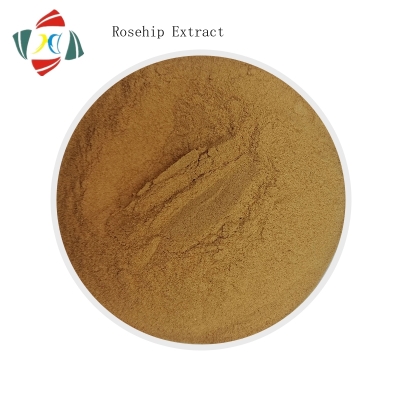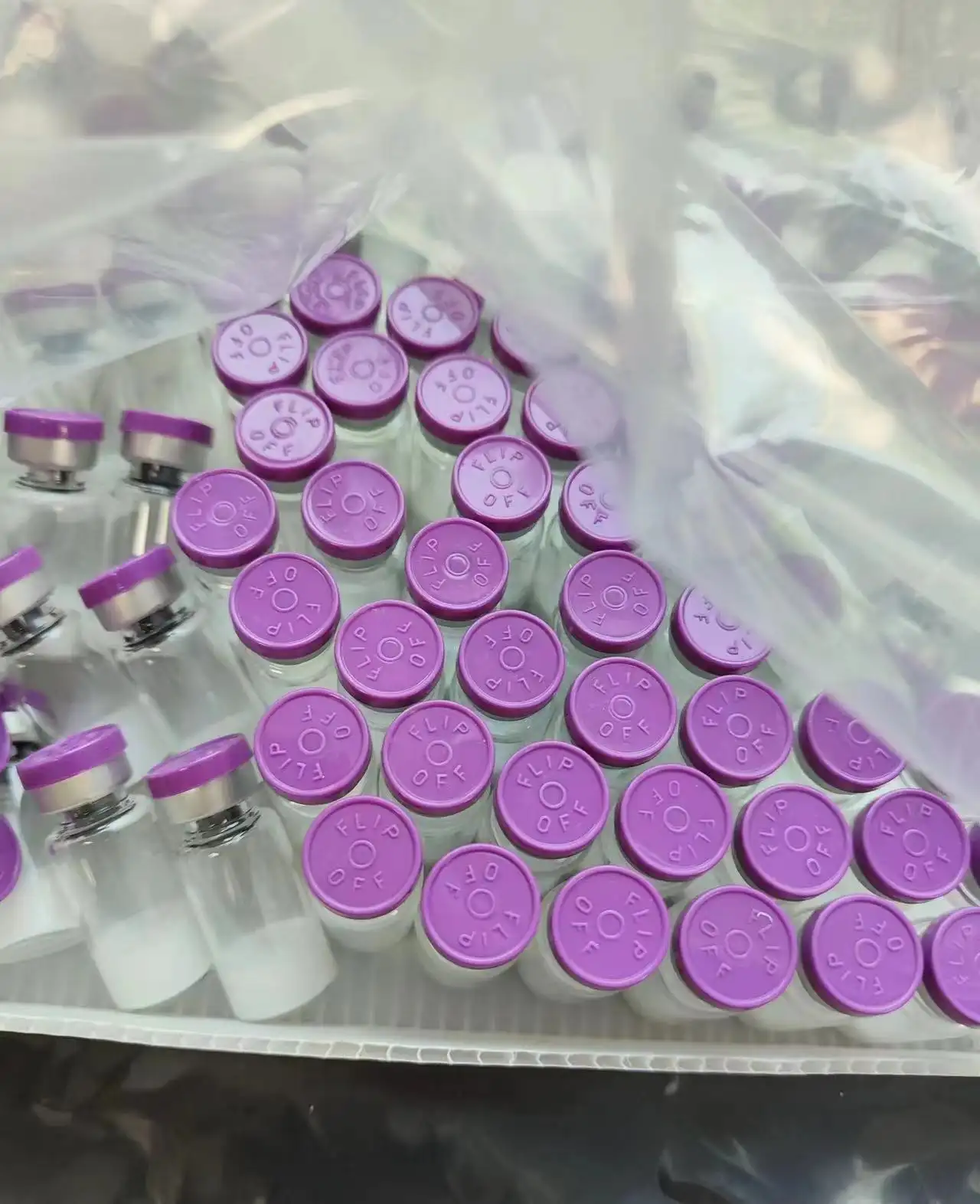-
Categories
-
Pharmaceutical Intermediates
-
Active Pharmaceutical Ingredients
-
Food Additives
- Industrial Coatings
- Agrochemicals
- Dyes and Pigments
- Surfactant
- Flavors and Fragrances
- Chemical Reagents
- Catalyst and Auxiliary
- Natural Products
- Inorganic Chemistry
-
Organic Chemistry
-
Biochemical Engineering
- Analytical Chemistry
- Cosmetic Ingredient
-
Pharmaceutical Intermediates
Promotion
ECHEMI Mall
Wholesale
Weekly Price
Exhibition
News
-
Trade Service
Ankylosing spondylitis is a disease with inflammation of the sacroiliac joints and attachment points as the main symptoms.
The main manifestations of ankylosing spondylitis include low back pain, morning stiffness, pain at the muscle attachment point, chest pain, and chest hunch, after sitting for a long time, thigh pain, hip pain, and foot pain.
In addition to the bone destruction caused by the spine cones, the fibrosis and ossification of the ligaments around the cones, and the formation of new bones formed by the anterior and posterior ligaments of the cones are called osteophytes, which ultimately cause the entire spine to become bamboo-like ankylosis.
Treatment principles
Patients must first realize that there is no cure for rigidity.
The treatment follows the principle: through comprehensive treatment such as non-drugs, drugs and surgery , to relieve pain and stiffness, control or reduce inflammation, maintain a good posture, prevent spine or joint deformation, and correct deformed joints when necessary to improve and improve the quality of life of patients Purpose
Principle 1: Non-drug treatment
Non-drug treatment mainly includes the following aspects:
1.
2.
3.
4.
5.
Principle 2: Medication
Drug therapy mainly includes non-steroidal anti-inflammatory drugs, biological agents, and other drugs
01Non -steroidal anti-inflammatory drugs
Non-steroidal anti-inflammatory drugs, as the first choice for symptomatic treatment of patients with either early or late stages of rigidity, can quickly improve the patients' back pain and morning stiffness, reduce joint swelling and pain, and increase the range of motion
The main adverse reaction of non-steroidal anti-inflammatory drugs is gastrointestinal discomfort, a few can cause peptic ulcer; other less common cardiovascular diseases such as hypertension
02 biological agents
Biological agents include: Yisaipu, adalimumab, infliximab, etanercept and so on
After treatment with non-steroidal anti-inflammatory drugs, glucocorticoids, sulfasalazine, etc.
However, before treatment with biological agents, it is necessary to assess whether patients with AS have a history of tuberculosis and hepatitis.
03 other drugs
Glucocorticoids: For refractory peripheral arthritis (such as knee joint) effusions that are not effective in systemic medication, intra-articular injection of glucocorticoids can be used for treatment.
Also for patients with intractable sacroiliac joint pain, CT-guided treatment can be selected Glucocorticoids are injected into the sacroiliac joints, and short-term oral small-dose (less than 10mg) hormone therapy can be given when the eye is affected and iritis occurs
.
Sulfasalazine: It can improve the pain, swelling and stiffness of ankylosing joints, and can reduce laboratory activity indexes (hypersensitivity C-reactive protein, erythrocyte sedimentation rate).
It is especially suitable for improving peripheral arthritis in patients with rigidity
.
Thalidomide: some patients with refractory AS or patients with recurrent oral ulcers can be used
.
Anti-rheumatic drugs such as methotrexate: For patients with peripheral joint involvement, they can be used as appropriate
.
Severe spinal kyphosis patients can undergo corrective surgery after the condition is stabilized, and lumbar deformities can be corrected by spinal osteotomy
.
However, surgical treatment is not once and for all
.
Hip replacement surgery may have various complications, and the cost is high, and more than 20% of the surgical patients require a second revision
.
Therefore, for ankylosing spondylitis hip joint disease, patients should pay more attention to early treatment to avoid disability
.
Ankylosing spondylitis is a disease with inflammation of the sacroiliac joints and attachment points as the main symptoms.
The etiology of this disease is not clear.
It is an autoimmune system disease with the spine as the main lesion
.
The main manifestations of ankylosing spondylitis include low back pain, morning stiffness, pain at the muscle attachment point, chest pain, and chest hunch, after sitting for a long time, thigh pain, hip pain, and foot pain.
In addition, it is difficult to turn over at night and a sense of stiffness in the morning as prominent clinical manifestations
.
.
Difficulty turning over at night and stiffness in the morning are prominent clinical manifestations
.
In addition to the bone destruction caused by the spine cones, the fibrosis and ossification of the ligaments around the cones, and the formation of new bones formed by the anterior and posterior ligaments of the cones are called osteophytes, which ultimately cause the entire spine to become bamboo-like ankylosis.
The loss of the normal physiological curvature of the entire spine seriously affects normal work and life
.
Patients must first realize that there is no cure for rigidity.
If patients can be diagnosed and treated in a timely manner, they can control their symptoms and improve their prognosis
.
The treatment follows the principle: through comprehensive treatment such as non-drugs, drugs and surgery , to relieve pain and stiffness, control or reduce inflammation, maintain a good posture, prevent spine or joint deformation, and correct deformed joints when necessary to improve and improve the quality of life of patients Purpose
.
Through the comprehensive treatment of non-drugs, drugs and surgery.
Principle 1: Non-drug treatment
Non-drug treatment mainly includes the following aspects:
1.
Doctors propagate disease knowledge to patients and their families, which helps patients actively participate in and cooperate with doctors in treatment;
2.
Appropriately adhere to reasonable physical exercises, strengthen the muscles of the spine and increase lung capacity, swimming is a better way of exercise;
3.
When standing, try to keep your chest straight, tuck your abdomen in, and look straight ahead to avoid flexion deformity;
4.
Smokers quit smoking, smoking is a bad factor for functional prognosis;
5.
Provide necessary physical therapy for painful and inflammatory joints or soft tissues, such as external application, fumigation, acupuncture and other treatments
.
.
Such as external application, fumigation, acupuncture and other treatments
.
Principle 2: Medication Principle 2: Principle 2:
Drug therapy mainly includes non-steroidal anti-inflammatory drugs, biological agents, and other drugs
.
Non-steroidal anti-inflammatory drugs, as the first choice for symptomatic treatment of patients with either early or late stages of rigidity, can quickly improve the patients' back pain and morning stiffness, reduce joint swelling and pain, and increase the range of motion
.
There are many kinds of them, and their effects on rigidity are roughly the same
.
The main adverse reaction of non-steroidal anti-inflammatory drugs is gastrointestinal discomfort, a few can cause peptic ulcer; other less common cardiovascular diseases such as hypertension
.
Rheumatologists will select a non-steroidal anti-inflammatory drug according to the specific situation of each patient, and monitor the adverse drug reactions during the medication process and make timely adjustments
.
02 biological agents
02 biological agentsBiological agents include: Yisaipu, adalimumab, infliximab, etanercept and so on
.
After treatment with non-steroidal anti-inflammatory drugs, glucocorticoids, sulfasalazine, etc.
, there is still moderate to severe active spinal disease (spine stiffness and straightening, bamboo joint changes, etc.
) or moderate to severe activity Peripheral arthritis (heel, knee joint, etc.
) may be treated with biological agents
.
Consider using biologics for treatment.
However, before treatment with biological agents, it is necessary to assess whether patients with AS have a history of tuberculosis and hepatitis.
After tuberculosis and hepatitis are ruled out, biological agents can be used for treatment
.
Glucocorticoids: For refractory peripheral arthritis (such as knee joint) effusions that are not effective in systemic medication, intra-articular injection of glucocorticoids can be used for treatment.
Also for patients with intractable sacroiliac joint pain, CT-guided treatment can be selected Glucocorticoids are injected into the sacroiliac joints, and short-term oral small-dose (less than 10mg) hormone therapy can be given when the eye is affected and iritis occurs
.
Sulfasalazine: It can improve the pain, swelling and stiffness of ankylosing joints, and can reduce laboratory activity indexes (hypersensitivity C-reactive protein, erythrocyte sedimentation rate).
It is especially suitable for improving peripheral arthritis in patients with rigidity
.
Thalidomide: some patients with refractory AS or patients with recurrent oral ulcers can be used
.
Anti-rheumatic drugs such as methotrexate: For patients with peripheral joint involvement, they can be used as appropriate
.
Severe spinal kyphosis patients can undergo corrective surgery after the condition is stabilized, and lumbar deformities can be corrected by spinal osteotomy
.
However, surgical treatment is not once and for all
.
Hip replacement surgery may have various complications, and the cost is high, and more than 20% of the surgical patients require a second revision
.
Therefore, for ankylosing spondylitis hip joint disease, patients should pay more attention to early treatment to avoid disability
.
Leave a message here







